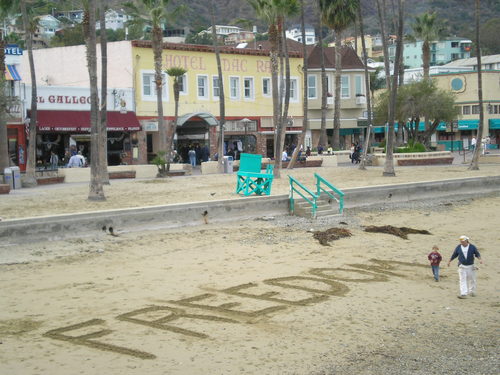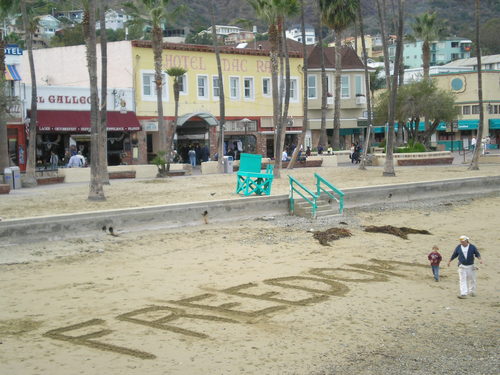
January 01, 2008
"The nineteenth century was an era of significant change for Santa Catalina Island. The Island was host to Spanish ships, Native Americans, Russian and Aleutian otter hunters, miners, ranchers, and a company of Union soldiers. As the century drew to a close the Island’s history took an interesting turn when the fishermen and sheepherders were joined by entrepreneurs with the foresight and vision to develop the Island into a resort community. " www.ecatalina.com
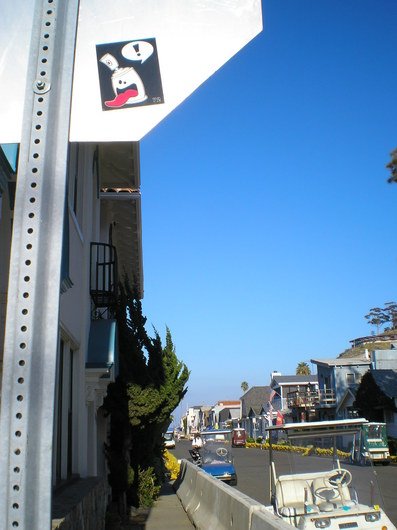
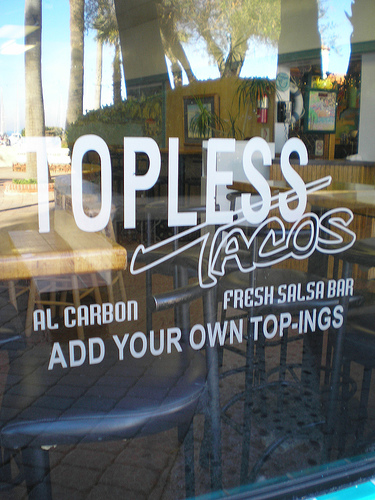
"At the time of first European contact, it is thought that the people living on Santa Catalina Island called their island Pimu and themselves Pimungans (or Pimuvit). They were excellent seamen and paddled their plank canoes skillfully across the sometimes treacherous channel to trade. After Spanish colonization, their apparently flourishing population declined drastically with the introduction of new diseases to which they had little immunity. As the mission system altered the economic landscape of Southern California, the Pimungans' trade and social networks were disrupted." www.catalina.com
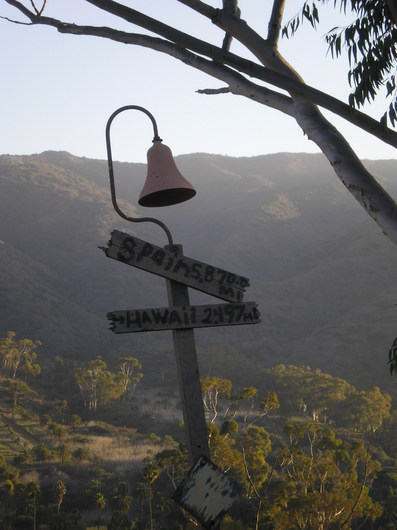

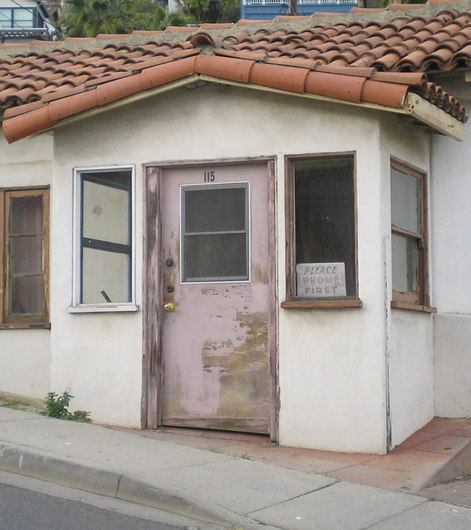
"In the aftermath of this enormous culture shock, their society could no longer sustain itself. By the mid-1820s, the few Pimungans left had migrated or were moved to the mainland. The Pimungans, along with other Native American groups that were in the sphere of influence of Mission San Gabriel, came to be referred to in the European community as Gabrielinos. There are people living in the Southern California area today who have Gabrielinos among their ancestors. Some are actively involved in researching and preserving their traditional culture." www.catalina.com
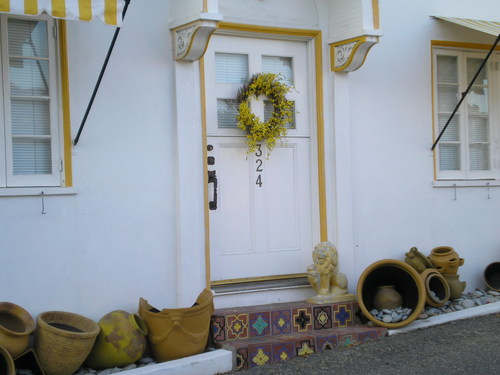
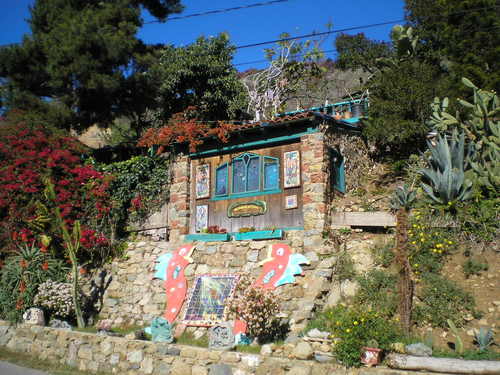

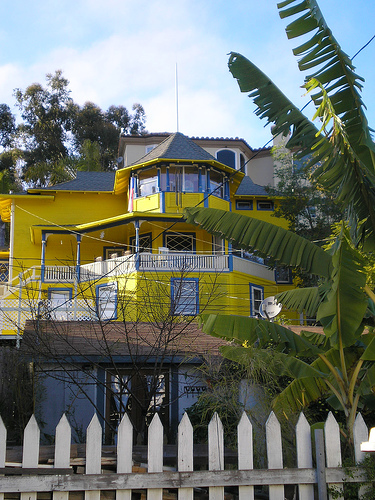

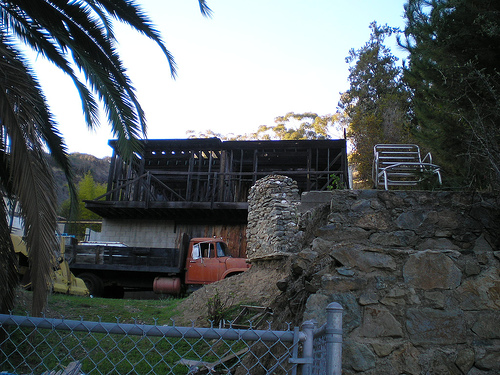

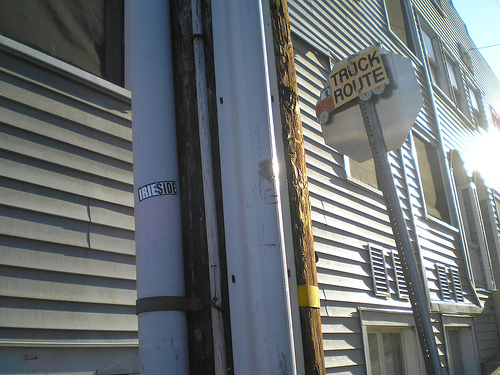
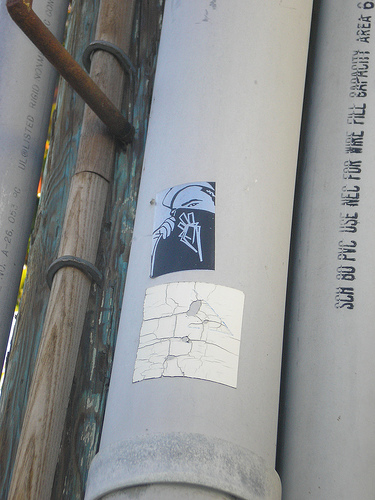

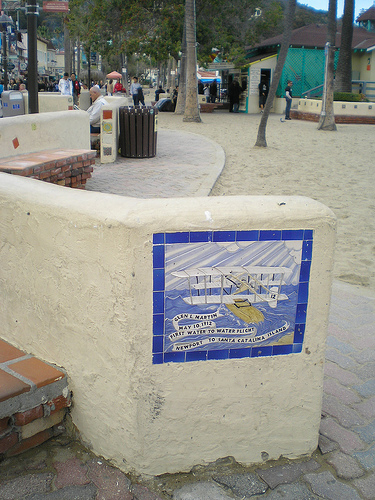


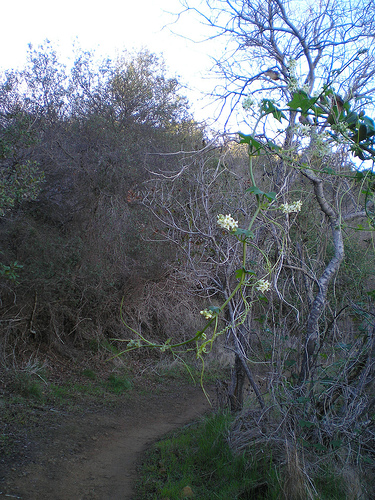
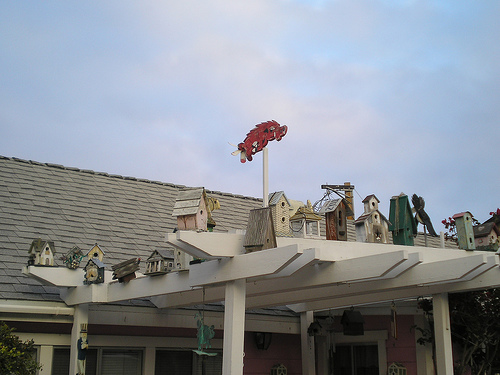
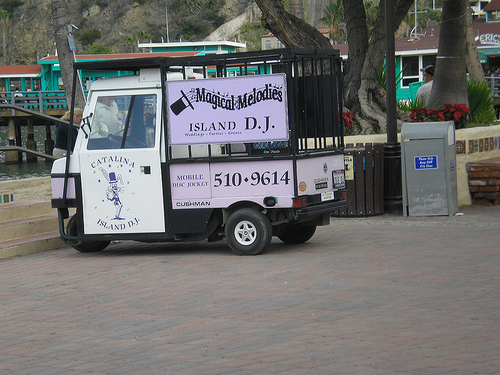

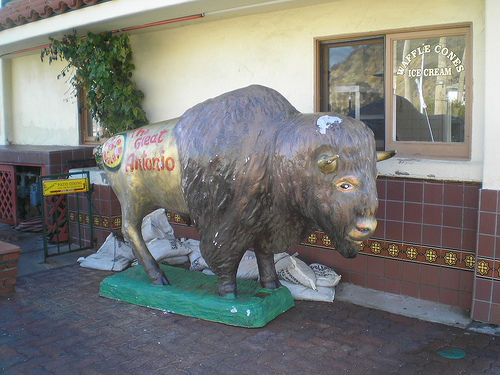

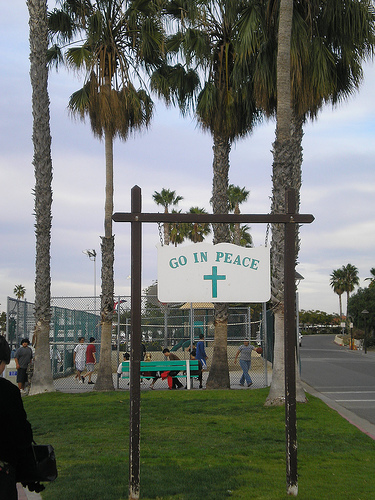

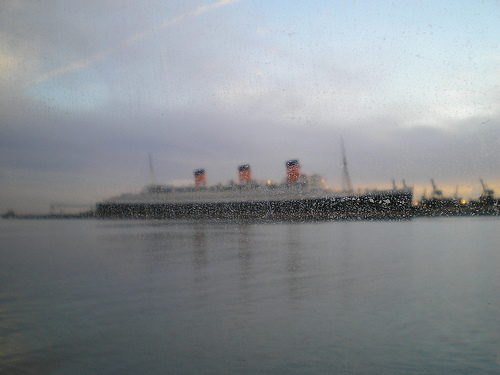
Queen Mary, Long Beach.
frankiely has a blog
